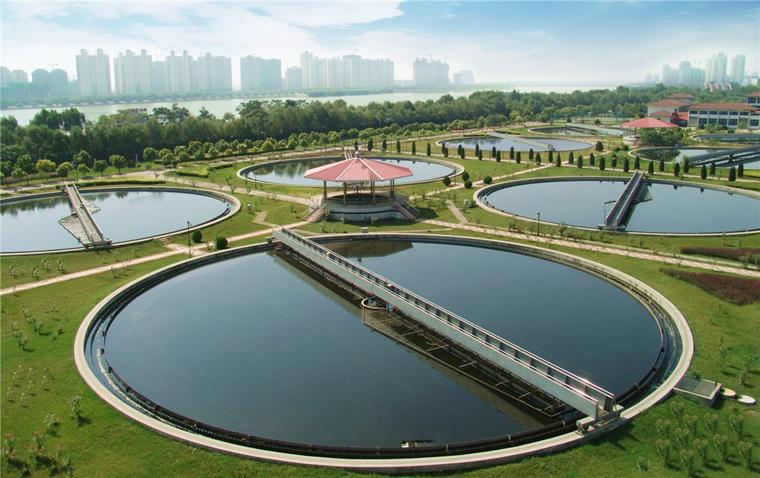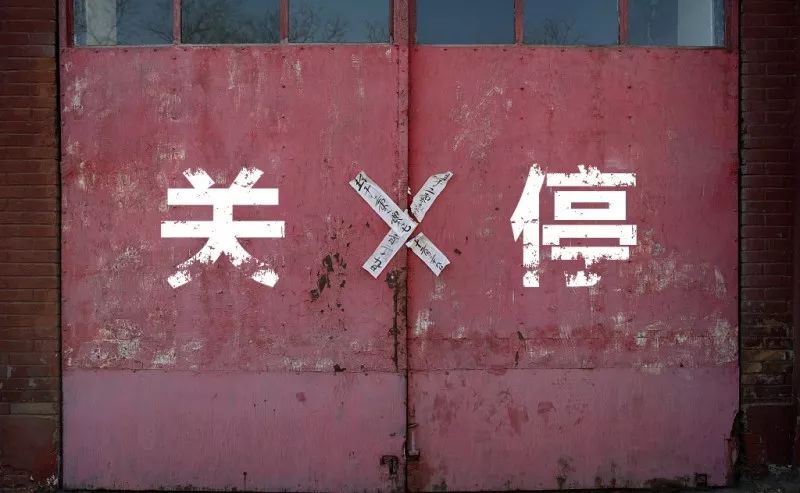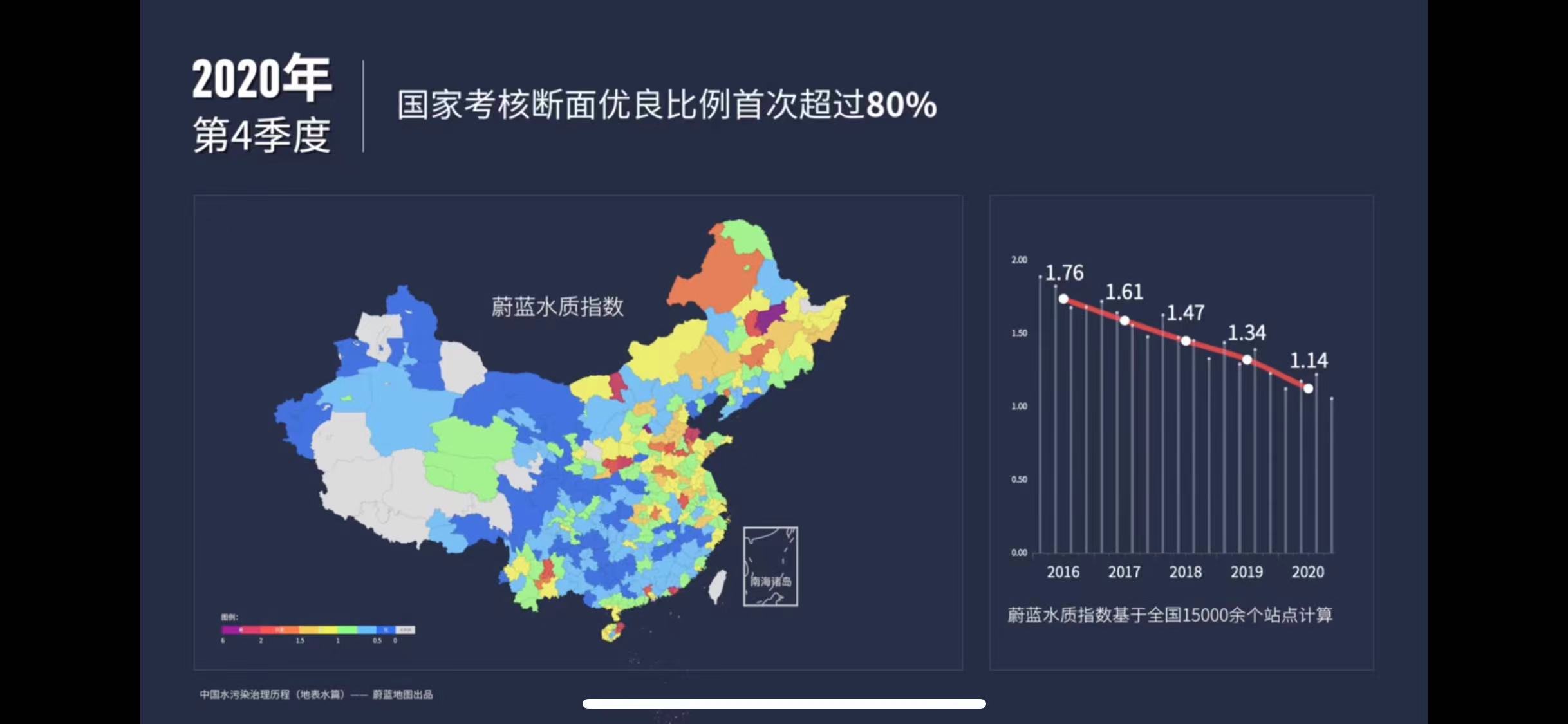"Water saving priority, spatial balance, system management, two hands hair force" principle, carry out the "safety, clean, health" policy, strengthen the source control, water as a whole, the river, the rivers and lakes of basin, regional, phased scientific governance, system promote water pollution control, water ecological protection and water resources management. Adhere to the government market coordination, focus on reform and innovation; adhere to the comprehensive law, implement the most strict environmental protection system; adhere to the responsibility of all parties, strict assessment and accountability; adhere to the participation of the whole people, promote water saving and water cleaning, form a new water pollution prevention and control mechanism of "government leadership, enterprise governance, market driven and public participation", realize the environmental benefits, economic benefits and social benefits, to build a beautiful China with "blue sky, green mountains and green water"
Prevention and Control of Industrial Pollution
Ban the "ten small" enterprises. Comprehensive investigation of low equipment level, poor environmental protection facilities of small industrial enterprises. In accordance with the requirements of the laws and regulations on the prevention and control of water pollution, all small production projects that seriously pollute the water environment, including papermaking, leather making, printing and dyeing, dyes, coking, sulfur refining, arsenic refining, oil refining, electroplating, and pesticides, that do not conform to the national industrial policies, shall be banned.

We will formulate special treatment plans for paper making, coking, nitrogen fertilizer, non-ferrous metals, printing and dyeing, agricultural and sideline food processing, active substance manufacturing, tanning, pesticide, electroplating and other industries, and implement clean transformation. New construction, reconstruction and expansion projects in the above-mentioned industries shall be replaced with the same amount or reduced discharge of major pollutants. Paper industry to complete the pulp without element chlorine bleaching transformation or take other low pollution pulping technology, iron and steel enterprises coke oven complete dry quenching technical transformation, nitrogen industry urea production complete process condensate hydrolysis analytical technology transformation, dyeing and dyeing industry low drainage dyeing process transformation, pharmaceutical (antibiotics, vitamin) industry implementation of green enzyme production technology transformation, leather industry implement chromium reduction and closed recycling technology transformation.

Centralized treatment of water pollution in industrial agglomeration areas. We will strengthen pollution control in industrial clusters such as economic and technological development zones, new and high-tech industrial development zones, and export processing zones. The industrial wastewater in the agglomeration area must be pretreated to meet the requirements of centralized treatment before entering the centralized sewage treatment facilities. New and upgraded industrial agglomeration areas should be simultaneously planned and constructed with pollution treatment facilities such as centralized sewage and garbage treatment.

At the level of industrial pollution prevention and control, it mainly relies on the strength of the state, and law enforcement units at all levels strengthen law enforcement, all pollutant discharging units must meet the discharge standards in accordance with the law. Check the pollution discharge situation of industrial enterprises one by one, and the enterprises that meet the standards should take measures to ensure the stable standards; the enterprises that exceed the standard and the total amount shall be given "yellow card" warning, and restrict the production or stop production for rectification; the enterprises that still cannot meet the requirements and the serious circumstances shall be given "red card" punishment, which shall be closed or closed.
Results:
In recent years, the proportion of sections with good water quality in the Yangtze River basin was 98.1%, up by 1 percentage point year-on year. Since 2020, the water quality of the main stream of the Yangtze River has been maintained for three consecutive years, and the water ecological environment quality has been stable and improving.

More than 90 percent of the traceability of sewage outlets in the Yangtze River and Bohai Sea has been completed, and the problem of direct discharge of more than 20,000 sewage has been solved. Completed the investigation of sewage outlets in the middle and upper reaches of the Yellow River and 30 cities in 6 provinces of the Fenhe River Basin.
We will control water pollution in industrial parks along the Yangtze River Economic Belt and the provinces along the Yellow River. We will continue to lead the production of 2022 ecological and environmental warning films along the Yangtze River Economic Belt and the Yellow River Basin, and assign 234 prominent ecological and environmental problems to local areas. In terms of consolidating and deepening the prevention and control of industrial and urban water pollution, the Ministry of Ecology and Environment has promoted the reform of the management of sewage outlets, and comprehensively carried out the investigation, monitoring, source tracing and remediation of sewage outlets. We carried out pilot projects to recycle regional reclaimed water, and 19 cities were included in the first batch of pilot projects.
We moved faster to strengthen weak links in urban sewage collection and treatment facilities, and built more than 3,400 centralized sewage treatment facilities in more than 2,700 industrial parks across the country.
Data show that in 2022, the discharge of major water pollutants will continue to decline, and the target for improving water ecological and environmental quality will be successfully achieved. The proportion of excellent surface water quality was 87.9%, up 3.0 percentage points year on year; the proportion of inferior V water quality was 0.7%, down 0.5 percentage points year on year; the Yangtze River reaches class water quality for three consecutive years, and the Yellow River reaches class water quality for the first time. Chemical oxygen demand and ammonia nitrogen emissions decreased by 2.1% and 6.8%, respectively.
- pollution strategy tackling Chinese waterpollution strategy tackling chinese pollution tackling china water pollution tackling policy water pollution measures tackle china pollution specific measure tackle pollution indoor causes tackle pollution water strategies pollution china air regulations pollution solve water pollution measures solve water